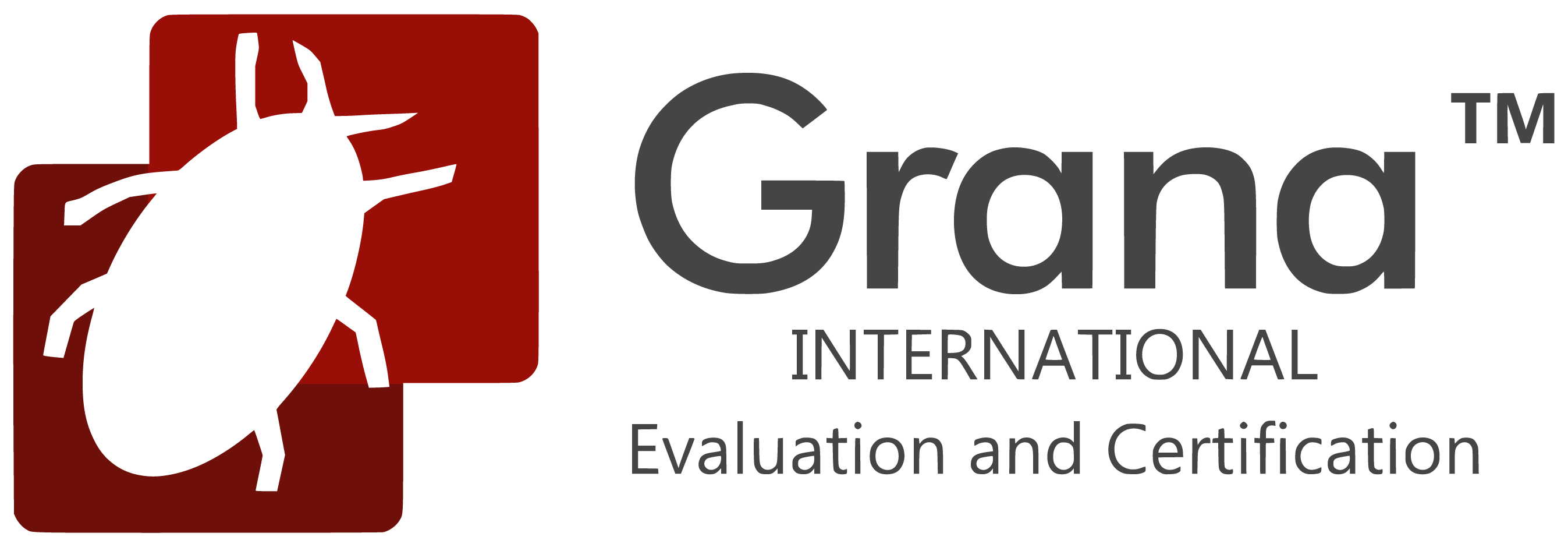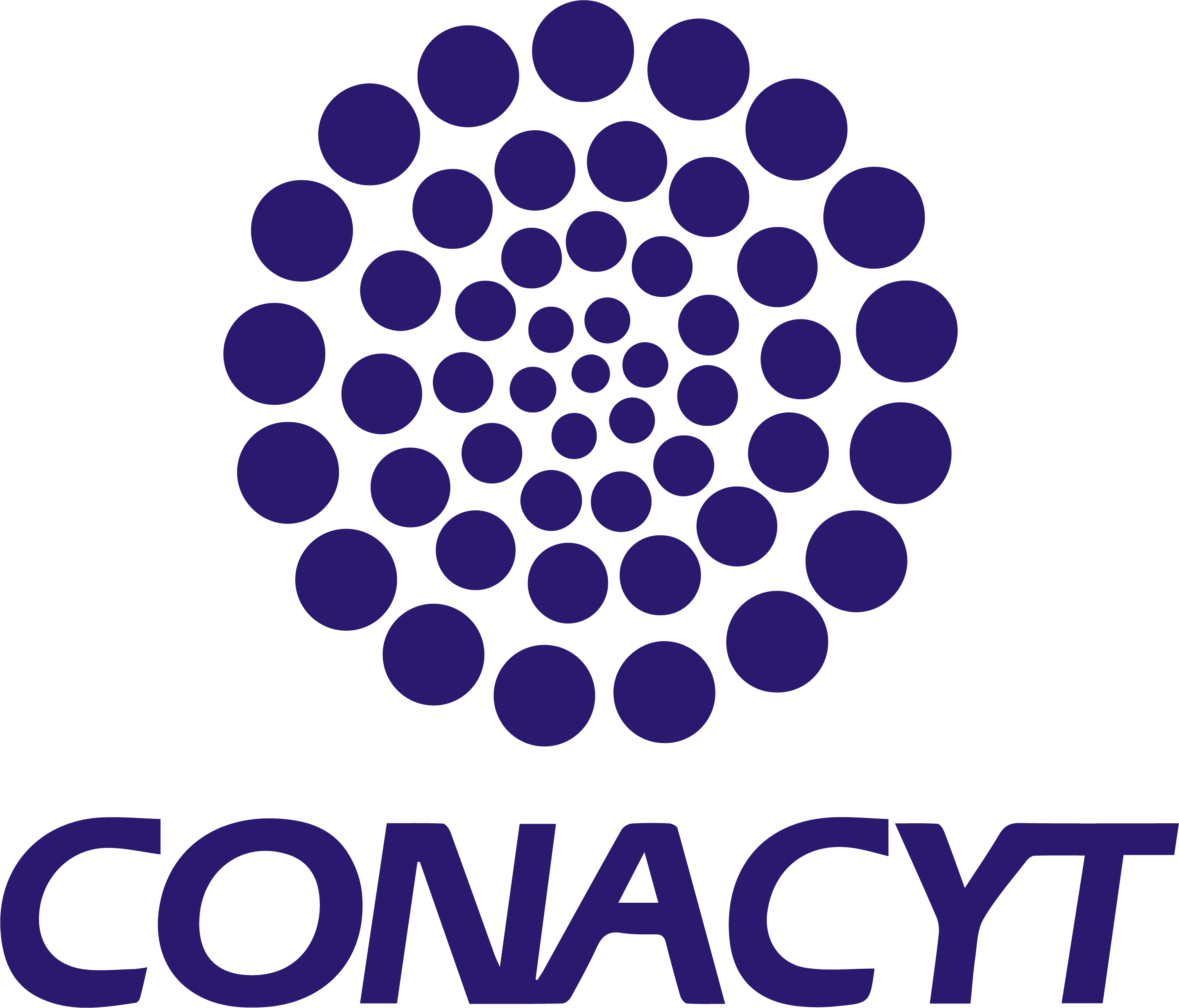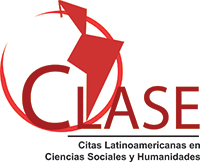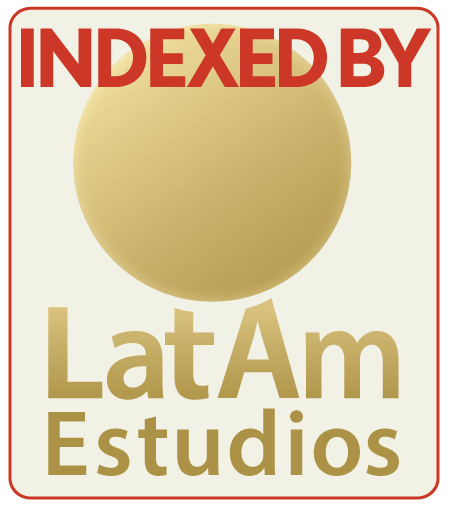The notion of beauty in the preschool child
Abstract
Education in Mexico seeks to comprehensively develop students at all educational levels. In preschool, the comprehensive development of the student includes work with art and even when this has been taken into account, it is important to point out that it is often used as a complement to which little importance is given in comparison with mathematics, language or science content. It is noted that in the training of future preschool teachers, topics of artistic education are discussed, but with little or no reflection on the relevance of training children in aesthetics. The objective of this article is to analyze theoretical foundations of the notion of beauty in preschool children as a component of aesthetic training, understood as an integral process that fosters the cognitive, emotional and sensorial development of children in the artistic field. The interest arises from qualitative research, of a theoretical nature, with an analytical reflective approach entitled aesthetic training in the intellectual development of future teachers of the bachelor's degree in Preschool Education (LEP) (Aguilar & Konstantinovich, 2024) that was developed at the Normal School No. 3 of Toluca. The questions that guide this writing are How can the notion of beauty be formed in the preschool child? and What aspects does aesthetic training involve in children? the assumption assumes that the work of the preschool educator is fundamental in the aesthetic training of children by encouraging them to participate in aesthetic experiences inside and outside the classroom which allow them to form the notion of beauty. In this way, the analysis seeks to contribute to the understanding of aesthetic training in preschool education as a fundamental tool for comprehensive child development.
Downloads
References
Calaf, y Fontal. (2010). Cómo enseñar arte en la escuela. Síntesis.
Dewey. (2008). El arte como experiencia. Paidós.
Engle, B. S. (1996). Learning to look: Appreciating child art en Young Children, 51 (3), pp. 74-79.
Flerina, E. A. (1963). Educación estética en el trabajo extracurricular de una escuela de ocho años. Mir Moscú.
Frovol. (1984). Diccionario de Filosofía. Editorial Progreso.
Guyer, P. (2005). Values of Beuty. Historical Essayes in Aesthetics. University Press.
Hernández, Jódar, y Marín. (1991). ¿Qué es la educación artística?. Sendai Ediciones.
Hernández, M., Sánchez, M. y Venegas (2000). Educación artística y arte infantil. Fundamentos.
McHale. (2007). El sentido estético en la infancia. en Zapata (s/f), M. Recuperado de: https://www.calameo.com/read/006969254d082fcc6a6e4
Pestalozzi, J. (1973). Pãdagogische Auseinandersetzung mit Pfarrer Karl Witte, 1805. En J. H. Pestalozzi, Sãmtliche Werke. Volume 17A (pp. 141-176). Ed. Orell Füssli .
Sánchez, P. (2013). Arte, educación y sociedad desde la cultura. En Seijas, B. (Pueblo y educación), Educación Artística. Selección de Lecturas. (pp. 227). Ed. Pueblo y Educación.
Sánchez V. (2005). De la Estética de la Recepción a una estética de la participación. UNAM.
SEP. (2004). Programa de educación preescolar. SEP.
SEP. (2011). Programa de Estudio 2011. Guia para la educadora. SEP.
SEP. (2017). Aprendizajes clave para la educación integral. Plan y programa de estudio para la educación básica (2017). SEP.
SEP. (2022). Plan de estudios para la educación preescolar, primaria y secundaria 2022. SEP.
Venegas, (2002). Capítulo 2. Educación artística y educación estética de la infancia en el área de artes plásticas. En autor. Las artes plásticas en la Educación Artística y Estética infantil. Paidós.
Vygotsky, L. (1986). Thought and language. MIT Press.

This work is licensed under a Creative Commons Attribution 4.0 International License.
In order to promote the development and dissemination of research in education in Latin America, the Ibero-American Journal for Educational Research and Development (RIDE) adhered to the Budapest Open Access Initiative, which is why it is identified as a Open access publication. This means that any user can read the complete text of the articles, print them, download them, copy them, link them, distribute them and use the contents for other purposes. Creative Cummons licenses allow users to specify the rights to use an open access journal available on the Internet in such a way that users know the rules of publication. Authors who publish in this journal accept the following conditions: Authors they keep the author's rights and give the magazine the right of the first publication, with the work registered with the attribution license of Creative Commons, which allows third parties to use the published material whenever they mention the authorship of the work and the first publication in this The authors can make other independent and additional contractual agreements for the non-exclusive distribution of the version of the article published in this journal (eg, include it in an institutional repository or publish it in a book) as long as they clearly indicate that The work was published for the first time in this magazine. Authors are allowed and recommended to publish their work. low on the Internet (for example on institutional or personal pages) before and during the review and publication process, as it can lead to productive exchanges and to a greater and faster dissemination of the published work















